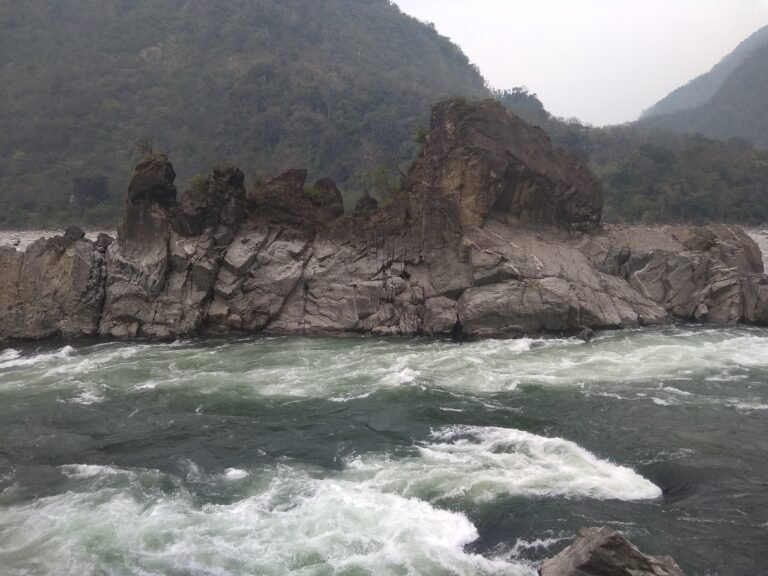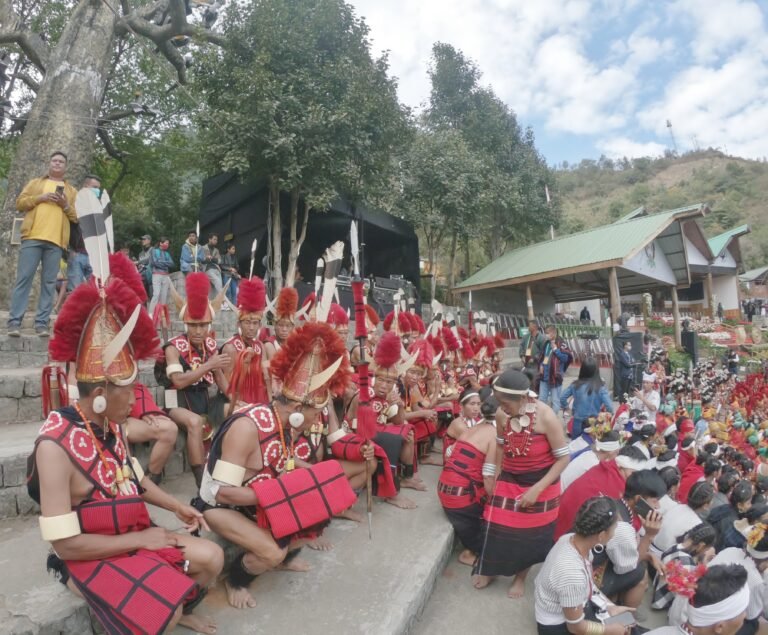Nestled within the mighty Brahmaputra River in Assam, Majuli is a unique, enchanting island that boasts a rich tapestry of culture, spirituality, and natural beauty. Known as the world’s largest river island, Majuli is celebrated for its vibrant festivals, distinctive Vaishnavite traditions, and scenic landscapes. This destination is an ideal escape for travellers seeking an authentic experience that combines history, spirituality, and the warmth of Indigenous communities. Here’s everything you need to know about Majuli — from its location and significance to the best time to visit, things to see, and cultural gems like the Satras and Mishing community.
Where is Majuli?
Majuli is located in the Brahmaputra River in the northeastern state of Assam, India. With a sprawling area of about 352 square kilometres, it’s recognized as the largest river island in the world. This island, surrounded by the majestic Brahmaputra and Subansiri rivers, is accessible by boat, giving visitors a unique experience right from their arrival.
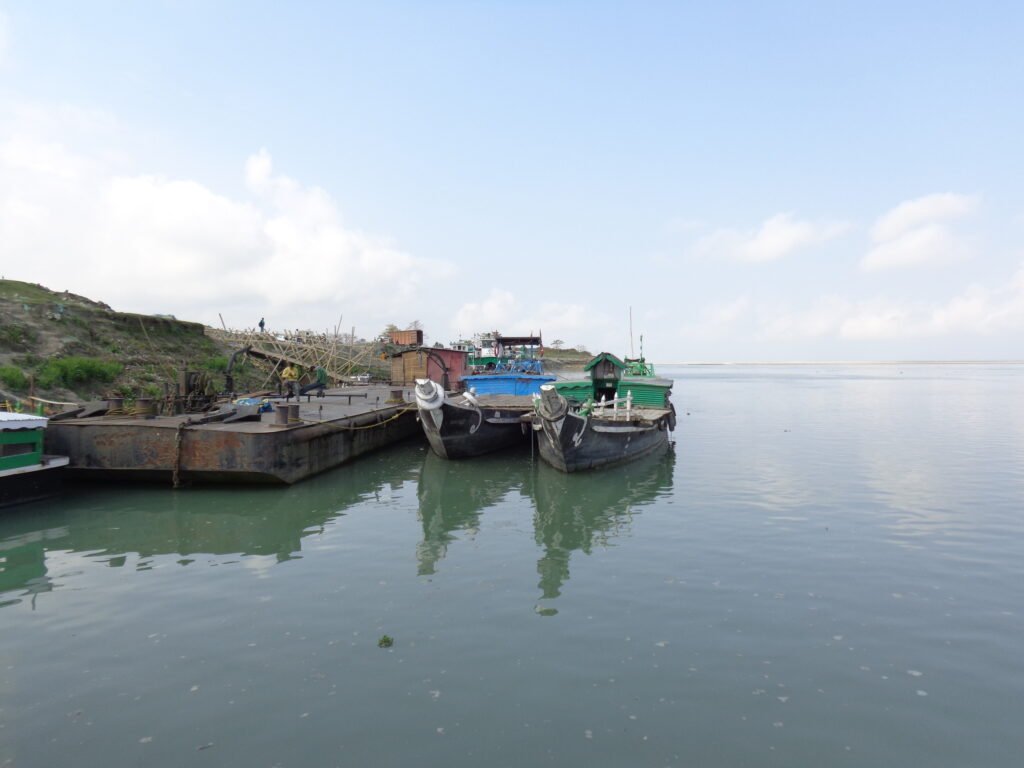
Why is Majuli Famous?
Majuli is celebrated for several reasons, making it a must-visit destination for those drawn to culture, nature, and spirituality:
- Vaishnavite Satras: Majuli is home to many Satras, or monasteries, which serve as spiritual and cultural centres for the followers of the Vaishnavite faith. These Satras were established by the revered Assamese saint and reformer, Srimanta Shankardeva and some of these by his disciples, in the 16th century and later. They not only preserve the teachings of Vaishnavism but also practice traditional dance, music, and drama associated with the faith.
- Scenic Beauty: The island is a paradise of lush greenery, migratory birds, wetlands, and river views, especially during sunrise and sunset.
- Rich Tribal Heritage: The Mishing community and other indigenous tribes, who have lived in harmony with the island’s unique environment for generations, contribute to Majuli’s cultural vibrancy with their unique customs, language, attire, and festivals.
- Fascinating Festivals: Majuli comes alive during the annual Ali Ai Ligang festival, celebrated by the Mishing community. The island also hosts colourful festivals and fairs associated with Vaishnavism, drawing devotees and travellers alike.
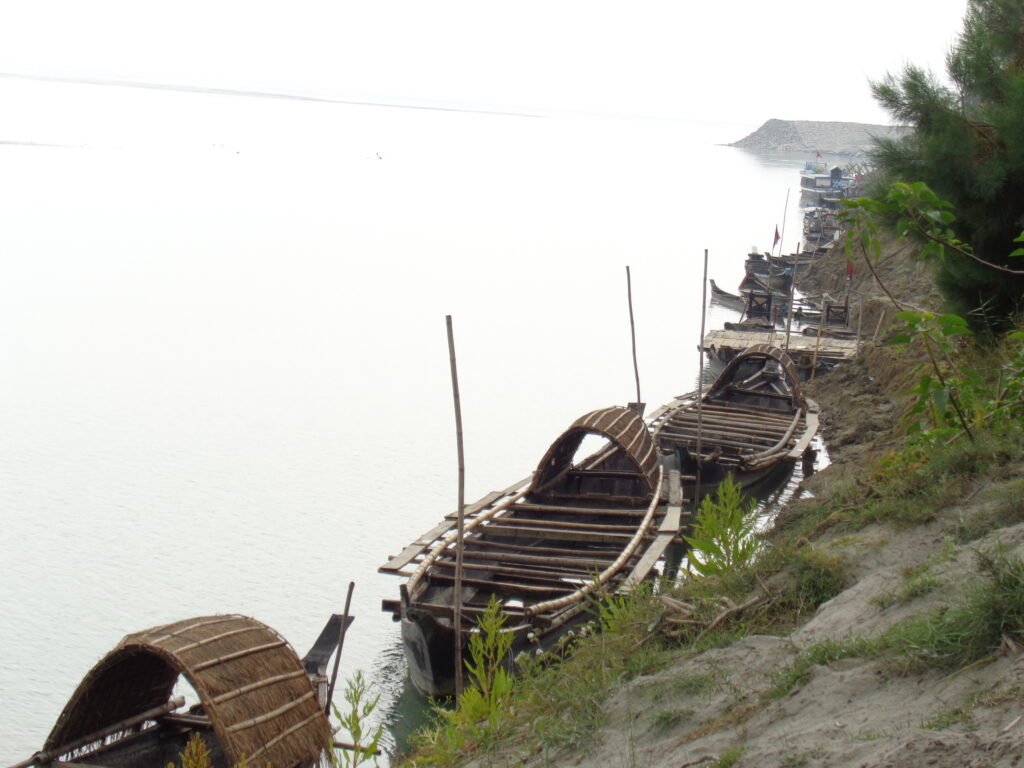
How to Get to Majuli
Reaching Majuli involves a scenic boat journey, adding a memorable aspect to the trip. Here’s how to get there:
- By Air: The nearest airport is in Jorhat, about 20 kilometres away. From Jorhat, take a ferry ride across the Brahmaputra to reach Majuli. The ferry service operates from Nimatighat in Jorhat and usually takes about 1-2 hours.
- By Train: If you’re coming by train, the Jorhat Railway Station is the closest station. From there, you can take a cab or bus to Nimatighat for the ferry.
- By Road: Majuli can be reached by bus or car from nearby cities in Assam, including Jorhat and Guwahati. Regular bus services connect Jorhat to the Nimatighat ferry point.
Best Time to Visit Majuli
The ideal time to visit Majuli is between October and March. During these months, the weather is pleasant, and the river is calm, making travel and sightseeing easier. This period also coincides with important cultural festivals on the island, providing an added layer of charm and excitement for visitors.
- Winter Season (October to February): This is the most popular time, as the cool and dry climate enhances the scenic beauty and makes exploration comfortable.
- Monsoon Season (June to September): The monsoon rains make the Brahmaputra swell, sometimes causing flooding in low-lying areas of Majuli, so this season is best avoided.
Top Attractions in Majuli
Satras
Majuli, the cultural heart of Assam, is home to some of the most revered and historically significant Satras, or Vaishnavite monasteries. Among these-
- Dakshinpat Satra stands out for its intricate architectural style and as a key site for the annual Ras Leela festival.
- Kamalabari Satra, another popular Satra, is a hub of art and cultural preservation, producing talented artisans and performers.
- Auniati Satra, known for its unique collection of ancient artefacts, celebrates the vibrant Bhaona Samaroh, a traditional theatrical performance that enacts stories from Hindu epics.
- Garamur Satra is notable for preserving ancient manuscripts and for hosting important religious ceremonies. Satras are also deeply connected to festivals and cultural celebrations. The Doul Yatra (Holi) is widely celebrated across the Satras, particularly vibrant in Garamur, symbolizing love and devotion.
Each Satra contributes uniquely to preserving and showcasing Assam’s rich Vaishnavite traditions, making Majuli a must-visit for anyone interested in the region’s spiritual heritage.
What are Satras?
The Satras are Vaishnavite monasteries or centres for practising and teaching the principles of Vaishnavism, unique to Assam. These are a kind of backbone of the Vaishnavite faith in Assam. Established in the 16th century by the revered Assamese saint and social reformer Srimanta Sankardeva, these institutions were created to promote bhakti (devotion) towards a single god, Vishnu, and to spread Vaishnavism in the region.
Each Satra serves as a place for prayer, meditation, and community gatherings, while also being a hub for art, culture, and education.
In addition to being places of worship, Satras are centres of dance, music, drama, and cultural education. They host religious gatherings, performances, and training sessions, making them important hubs for preserving Assamese art forms. One notable work associated with these centres is the Kirtan Ghoxa, a holy text composed by Shankardeva, which beautifully captures the essence of devotion and spiritual teachings.
Monks, known as bhakats, reside in these Satras. They play a central role in keeping Assam’s spiritual and cultural heritage alive. preserving traditional music, dance (like Sattriya), drama, and literature.
Tribal Villages:
- Mishing Community: The Mishing people, the largest tribe on the island, live in harmony with nature. Known for their stilted bamboo houses and agricultural practices, the Mishing people are celebrated for their weaving skills, which is evident in their beautifully crafted mekhela chadors (traditional attire). Their culture comes alive during festivals such as Ali Ai Ligang, marking the start of the sowing season.
Cultural and Natural Sites:
- Pottery and Mask-Making Villages: Majuli has kept alive ancient pottery techniques and mask-making traditions. Samaguri Satra is especially famous for its handmade masks, often used in the performances of religious plays.
- Birdwatching: Majuli is a haven for birdwatchers, especially in the winter when migratory birds like the Siberian Crane, Pelican, and Lesser Whistling Duck flock to the island.
The Mishing Community and Ali Ai Ligang Festival
The Mishing people are one of the most significant tribes in Majuli, recognized for their simple and nature-centric lifestyle. This indigenous community is known for its Ali Ai Ligang festival, which is celebrated annually in February. The festival marks the sowing of new paddy and includes traditional dances like Gumraag, music, and rituals dedicated to the earth and nature. Their cuisine, heavily based on rice and fish, along with traditional brews, provides a taste of Majuli’s indigenous culinary heritage.
The Mishing culture is also known for its weaving; their garments are usually adorned with vibrant patterns and woven using traditional techniques. The Chang Ghar (stilted house) is a distinctive feature of Mishing architecture, designed to withstand floods and seasonal river fluctuations.
The Rasa Festival: Majuli’s Vibrant Celebration of Devotion and Drama
One of the most enchanting times to visit Majuli is during the Rasa Festival, celebrated in November each year. This festival, also known as Rasa Leela, brings Majuli to life as it becomes a lively hub of culture, spirituality, and community. The entire island takes on a youthful vibrance, with locals and tourists alike coming together to witness the magical depiction of the divine play between Lord Krishna and the Gopis.
What is Rasa Leela?
The Rasa Leela, or Rasa, is a dramatic and symbolic representation of the love and devotion between Lord Krishna and the Gopis, his devoted female followers. Performed at night, the Rasa Festival enacts scenes from Krishna’s divine pastimes, capturing the awe and devotion that surround him in Vaishnavism. Through music, dance, and theatrical drama, performers bring to life this mystical love story, creating an experience that transcends mere performance, inspiring awe and devotion in spectators.
How Majuli Celebrates the Rasa Festival
Each year during the Rasa Festival, Majuli’s Satras take centre stage as venues for the Rasa Leela performances. Locals, along with performers from various parts of Assam, prepare elaborate costumes and settings that transform the Satras into spiritual stages. The festival is accompanied by traditional Assamese music, devotional songs, and the recitation of holy texts, further elevating the festival’s atmosphere.
Why You Should Visit During the Rasa Festival
Visiting Majuli during the Rasa Festival provides a rare glimpse into Assam’s deep-rooted spiritual traditions and the vibrant cultural life of the island. The festival attracts thousands of tourists, pilgrims, and devotees from across India and beyond, turning Majuli into a hub of cultural exchange. Watching the Rasa Leela under the open night sky, with the Brahmaputra River as a backdrop, is an unforgettable experience that reflects Majuli’s mystical and enchanting spirit.
In addition to the performances, the festival season also brings local markets, traditional Assamese food stalls, and handicraft displays, offering visitors a chance to explore Majuli’s arts and cuisine. The Rasa Festival is a celebration of life, devotion, and the beauty of Assam’s cultural heritage, making November an ideal time to visit Majuli and witness the island at its most vibrant and alive.
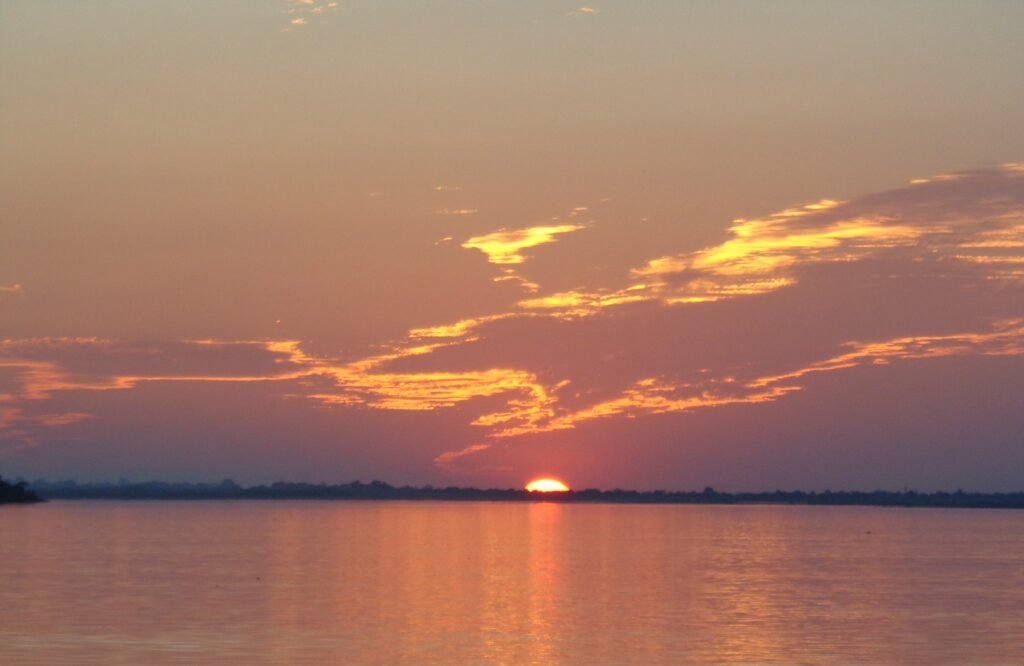
Final Thoughts: Why Visit Majuli?
Majuli is a perfect destination for travellers seeking a combination of scenic beauty, cultural depth, and spiritual fulfilment. It offers a glimpse into Assam’s unique Vaishnavite traditions through its Satras and the vibrant lifestyle of its indigenous communities. Despite its remote location, Majuli is a cultural jewel that stands as a testament to Assam’s rich heritage and natural beauty.
So, if you’re planning a trip to the Northeast, make sure Majuli is on your itinerary. Whether you’re wandering through the serene Satras, experiencing the Mishing festivals, or simply soaking in the natural beauty along the Brahmaputra, Majuli is sure to leave a lasting impression.
